There is little in the 161-year history of this newspaper that has been afforded the all-consuming coverage which the pandemic has had since the beginning of the year. There are about 12,500 stories featuring the word “coronavirus” in The Irish Times, with all but 50 appearing since the start of 2020.
It has been the same story in news outlets across the world, as Covid-19 and its terrible health, social and economic consequences continues to push almost everything else off the agenda or so far down it as to make it seem inconsequential.
Given that we’d not heard of the illness on Christmas Day, a level of confusion about what it is and what it does and how we might stop it is unsurprising. Our understanding and response to the disease has been evolving almost as fast as it has been spreading with the certainties of winter turning into the canards of spring as the entirely novel virus shifted and shaped our world like nothing before it.
Not even its name stayed constant and what began as a plain coronavirus in the new year became a Novel Coronavirus within days and then 2019-nCoV by mid-January. It was even referred to in this newspaper and elsewhere as the "Wuhan Coronavirus" for a time before becoming Covid-19 in February.
It was New Year's Eve when the Chinese authorities informed the World Health Organisation (WHO) of a cluster of cases of pneumonia of unknown cause detected in Wuhan. It was linked to a market where live fish, animals and birds were sold.
The first mention in this newspaper of a virus that has now killed close to 775,000 people and sickened many millions while bringing the global economy to its knees and changing the way virtually every single person on the planet lives was on January 14th.
It wasn’t overly alarming.
"A Chinese visitor to Thailand has been confirmed to be infected with a new strain of coronavirus that has been linked to a pneumonia outbreak in central China, health officials said," the report began before concluding reassuringly that the "virus is not believed to be spread by human-to-human contact".
Phew.
Four days later, Wuhan was back in the news, more alarmingly.
There were two dead and 41 cases of the mystery illness, but health authorities remained hopeful it wouldn't be as deadly as Severe Acute Respiratory Syndrome (Sars), which had killed nearly 800 people during a 2002-03 outbreak.
Within two days the cases in China trebled and alarm bells rang louder as the WHO said new cases appeared unconnected to the seafood market. On January 21st, China's National Health Commission confirmed it could pass from person-to-person.
By January 22nd, just eight days after the first report in The Irish Times, confirmed cases topped 10,000 with 212 people dead. Research from the Chinese Centre for Disease Control (CCDC) showed that 81 per cent of cases were mild with about 14 per cent of patients developing a severe illness. Around 5 per cent became critically ill and the fatality rate was around 2.3 per cent.
Most of those who died were over 60 or had underlying medical conditions such as heart disease, diabetes or chronic respiratory problems. It seemed that the new disease was not as deadly as Sars but 20 times worse than the flu.
Negative shock
Covid-19 was travelling at warp speed then. It had spread to 17 countries within three weeks prompting the WHO to declare the outbreak “a public health emergency of international concern”.
China was in lockdown but it still seemed remote here. Irish people in Wuhan were interviewed and we marvelled at how tricky that situation might be. On January 23rd, Wuhan resident and Kildare man Ben Kavanagh told Morning Ireland his adopted city was "almost like a ghost town". The interviewer gasped when he said he not left his apartment for "two to three days".
Two or three days?
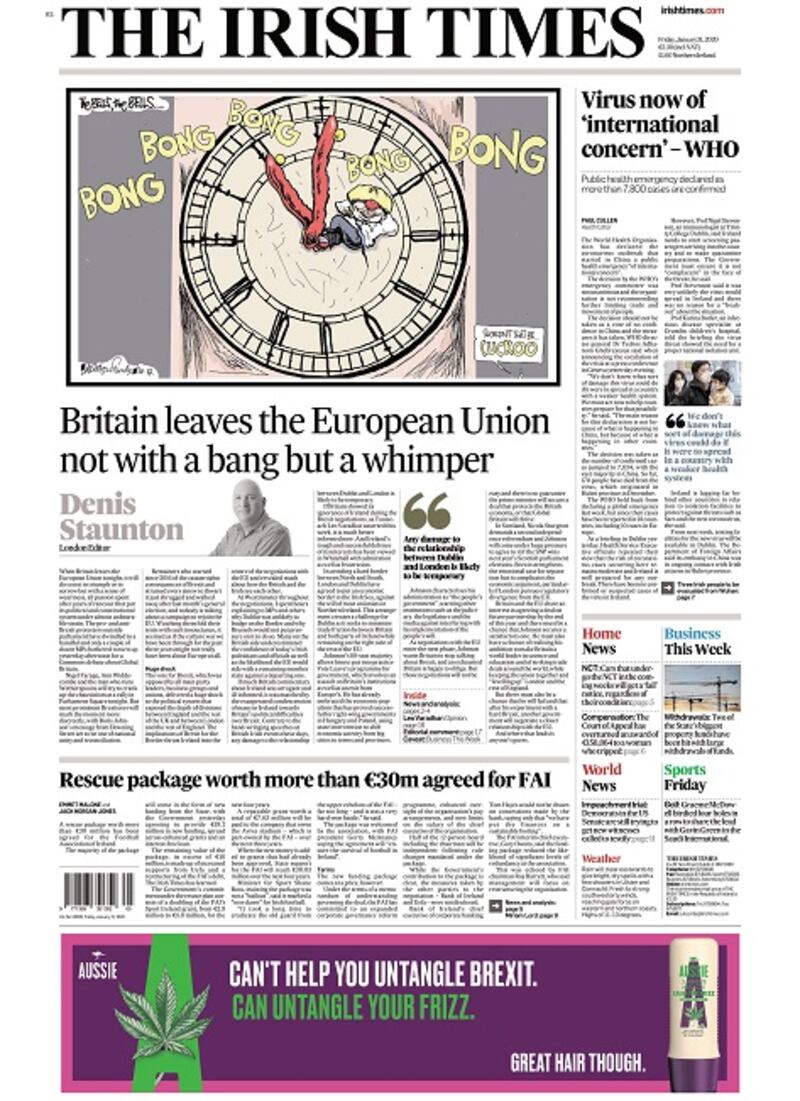
Ireland didn’t know it then but it was facing a much longer time at home than that.
On February 21st, Italy reported its first coronavirus fatality, a 78-year-old man from a town near Padua. It also reported 14 new coronavirus cases including the country's first locally transmitted infection.
The focus here remained firmly on China. The scale of the crisis was still being underestimated – understandably, perhaps. Penneys warned of shortages and the governor of the Central Bank Gabriel Makhlouf said there was "potential" for a negative shock to the growth of the international economy in the short term.
By February 24th, the Italian situation reached what many thought was crisis point with four coronavirus deaths and travel restrictions imposed across a small area. Attempting to address Irish travellers' fears, this writer said they "should avoid panicking for starters. This is a fast-moving situation and it is very difficult to say with any certainty where we will be by the time the summer holidays come round".
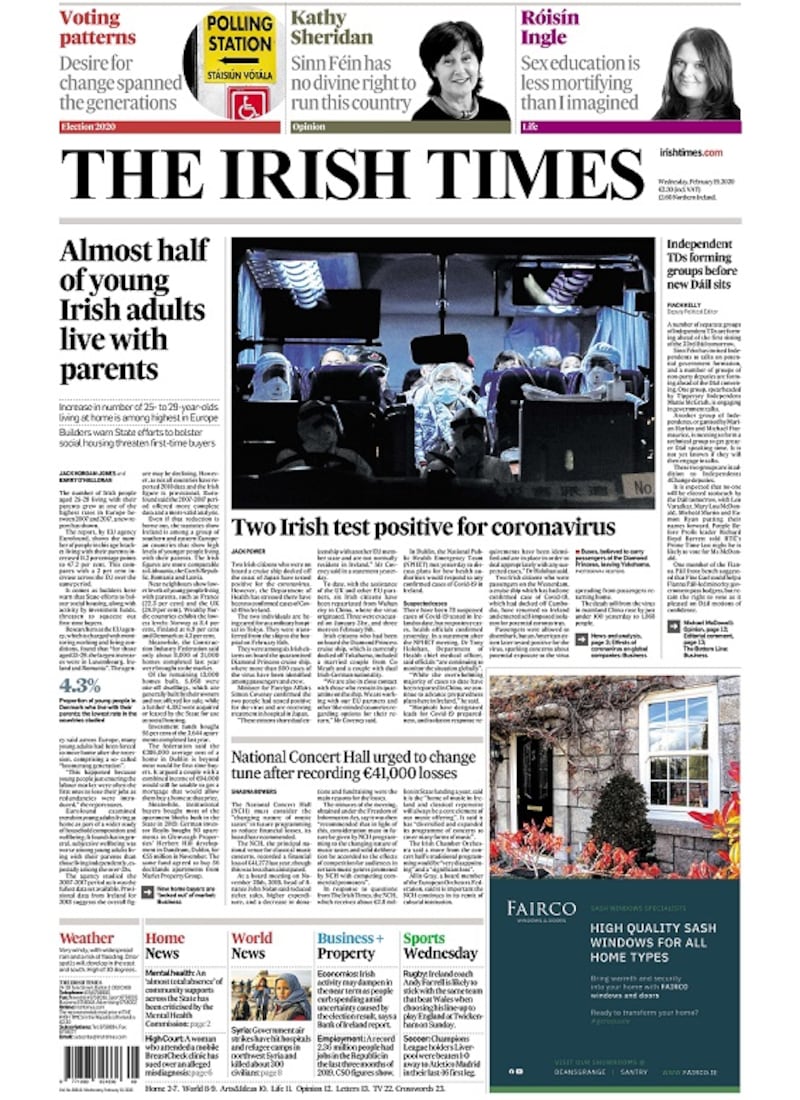
The piece concluded by saying that “the best advice right now is probably to sit tight and see what happens next”. We did not come even close to guessing what that might be. And panicking – in hindsight – was, probably, a most appropriate response.
In a more prescient piece on the same day, Health Editor Paul Cullen said Ireland should "expect to hear a lot in the coming days about the need for 'social distancing', which may mean the cancellation of mass events and the curtailment of travel plans".
By February 26th, Ireland's home Six Nations match against Italy was off. Panic-buying of face masks had stripped pharmacies and hardware shops bare. Hand sanitiser couldn't be found anywhere. Handshaking stopped and people experimented with elbow touches and weird foot dances instead.
On February 27th, a case was confirmed in Belfast. A second case followed on Tuesday, March 3rd. Both women had travelled from Italy. The first death in Ireland from coronavirus was on Tuesday, March 10th in Naas General Hospital.
Two days before then the Business Post had reported that health authorities were forecasting about 40 per cent of the population could be hit by the virus. Paul Reid of the HSE said he could not dispute those reported projections that up to 1.9 million people could become sick.
Schools closed
Schools closed on March 12th as fears grew that children, largely spared the worst ravages of the illness, were “vectors” – or some class of mini-Typhoid Marys – who could facilitate transmission.
Adults lucky enough to still have jobs were encouraged to work remotely and it became apparent that “working from home” was not actually a euphemism for “lying on the couch watching Judge Judy” as many employers feared with most people being, if anything, more productive without the distractions of the office and the mindlessness of the daily commute.
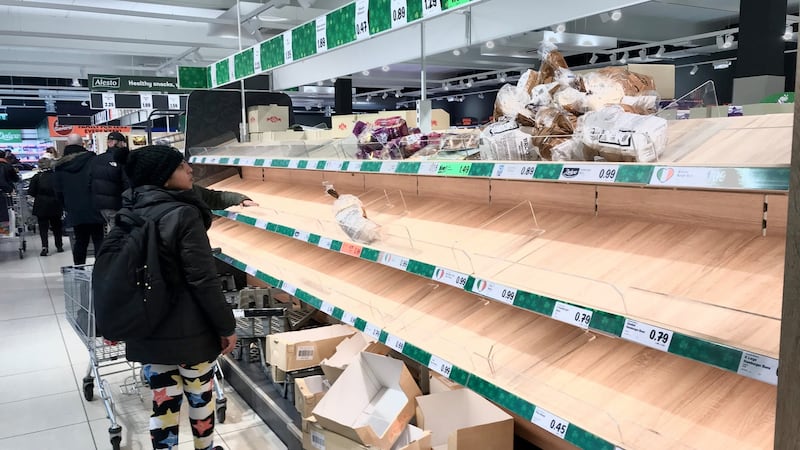
Zoom – a technology most had never heard of – was everywhere. It made meetings faster if glitchier.
Some parents took to homeschooling with gusto – at least for a couple of days – and resolved to teach their offspring German and origami while working full time from their couches. It wasn’t long before such ambitions were tempered and, when children managed half an hour’s schoolwork in between watching reruns of Everyone Hates Chris, everyone was delighted.
Seconds after the school closure announcement was made by Leo Varadkar from Washington, people started streaming into supermarkets, overloading their trolleys like they were heading into a nuclear winter. Shelves were stripped of rice and pasta and tinned food – anything with a long shelf life. Toilet paper – when it could be found – was rationed.
Retail experts warned of shops being completely reconfigured with familiar brands disappearing. We were told queuing and plexiglass screens would become the norm. Fears were expressed that consumers would respond aggressively. The queues and the plexiglass happened. The disappearance of brands and the aggression – thankfully – did not.
Flour and yeast had their moment with people who days previously assumed a sourdough starter was something bread-related to be eaten before a main course morphing into keen bakers. Instagram was flooded with images of banana bread. It was a pleasant distraction as in the real world, the ugly black and yellow signs and posters reminding people what two metres looked like were suddenly everywhere.
There has been much confusion about face masks. Initially, the WHO was against them and suggested wearing them could create a false sense of security among the general public. Virologists said they could do more harm than good if worn incorrectly. Now epidemiologists believe face coverings can significantly slow the spread of the virus and a recent study across 198 countries found those with cultural norms of mask-wearing had lower death rates from Covid-19.
Asymptomatic transmission was another area where science struggled to keep up with the virus. In March the European Centre for Disease Prevention and Control (ECDC) said “people who are infected but who do not show symptoms cannot transmit the virus”. It was in conflict with the WHO which said that, while rare, “there are people who can shed Covid-19 virus 24-48 hours prior to symptom onset”. Recent research has suggested that as many as 30 per cent of those who spread the illness never develop symptoms.
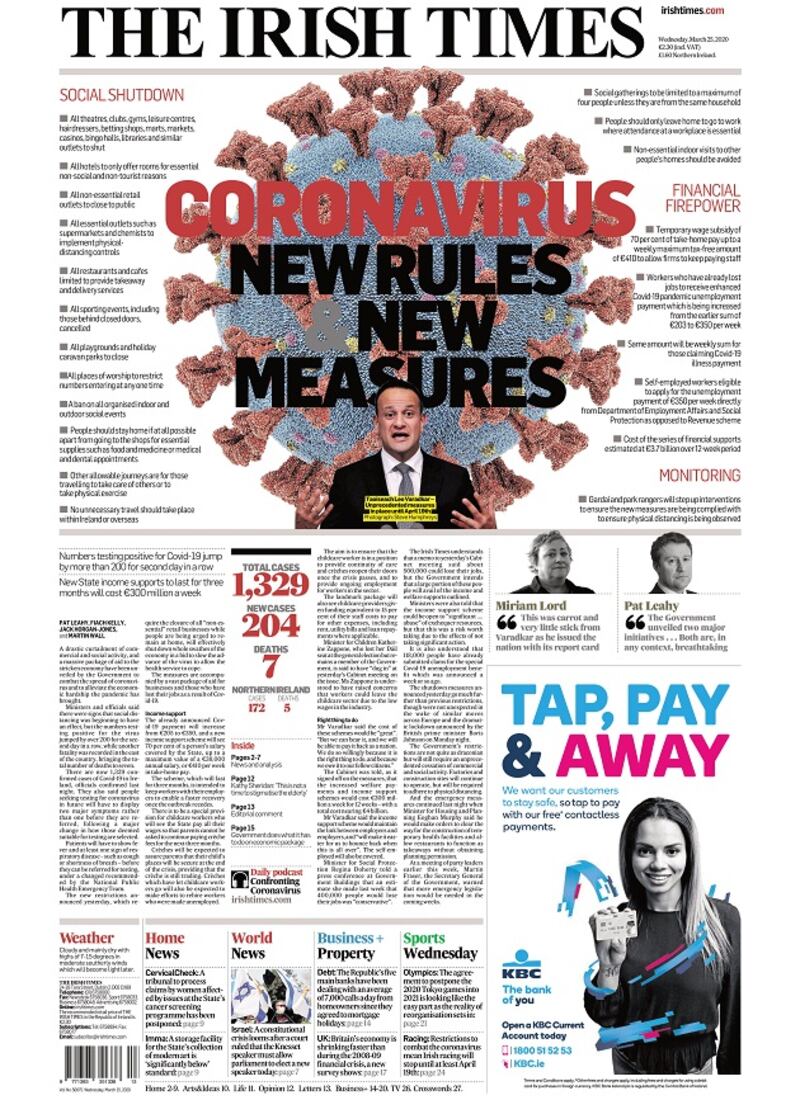
Great uncertainty
Symptoms have been up in the air too. Initially people watched out for dry coughs, tiredness, shortness of breath and fevers but as the spring moved towards summer the symptoms were joined by the loss of the sense of smell and the discolouration of the fingers or toes.
The long-term effect of the illness remains unknown too but the great uncertainty is how long the crisis will last and when we might get a vaccine or drugs that can effectively treat it.
Hydroxychloroquine was touted as a wonder drug by US president Donald Trump even as the health authorities in the US said no. He also said injecting people with disinfectant and dousing them in harmful light might be options worth considering, notions that prompted almost universal ridicule.
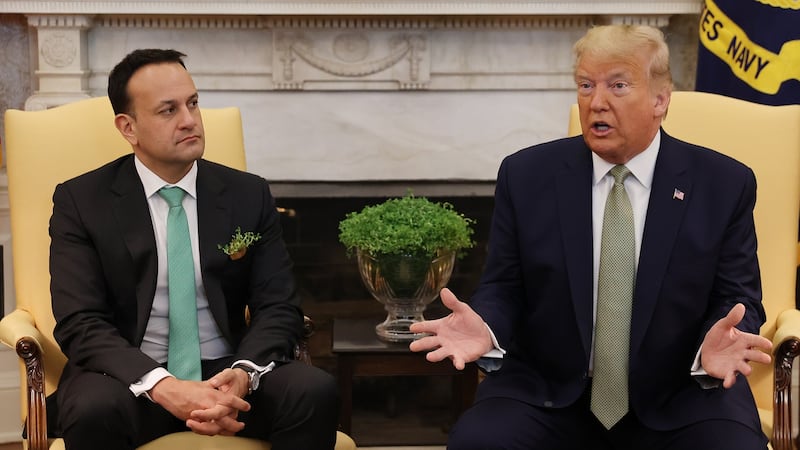
The Russians have given the green light to a vaccine although international health experts have expressed caution about that development and say it will be next year before one that has gone through all the necessary testing is ready. Then the big challenge will be to produce enough of it for the world.
There is still no certainty that people who have had the illness will become immune or even if they are, how long it will last. And we still have no idea when the crisis will pass.
While there was definitely cause for optimism in the early part of the summer as Ireland moved through the phases of the lockdown exit with comparative ease, things have changed dramatically in recent weeks and infection rates are on the rise again here and elsewhere. The only thing we seem to know for certain is that the fight is far from over.











